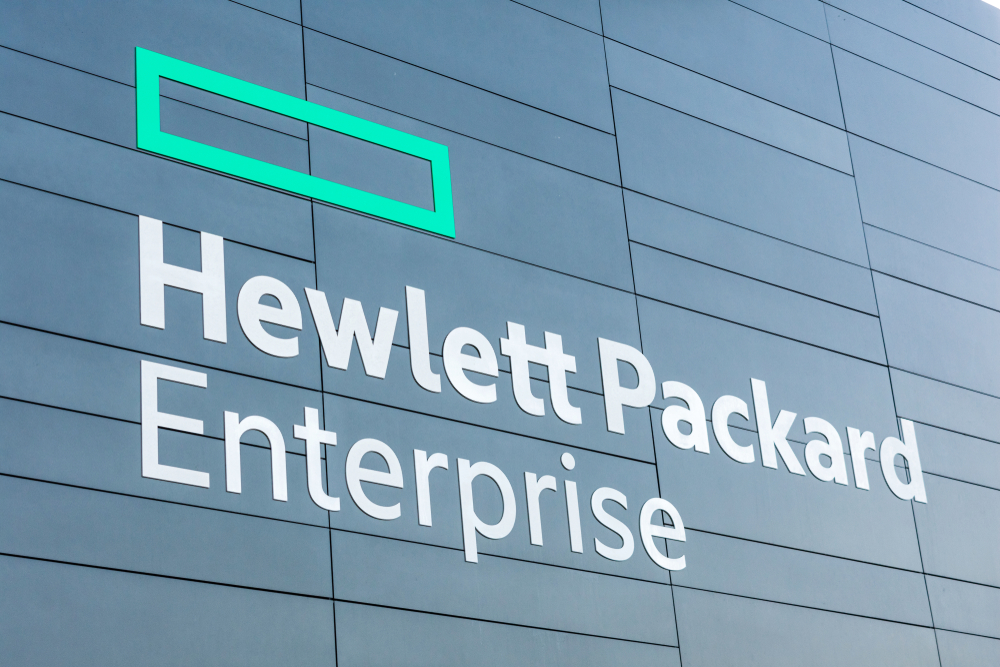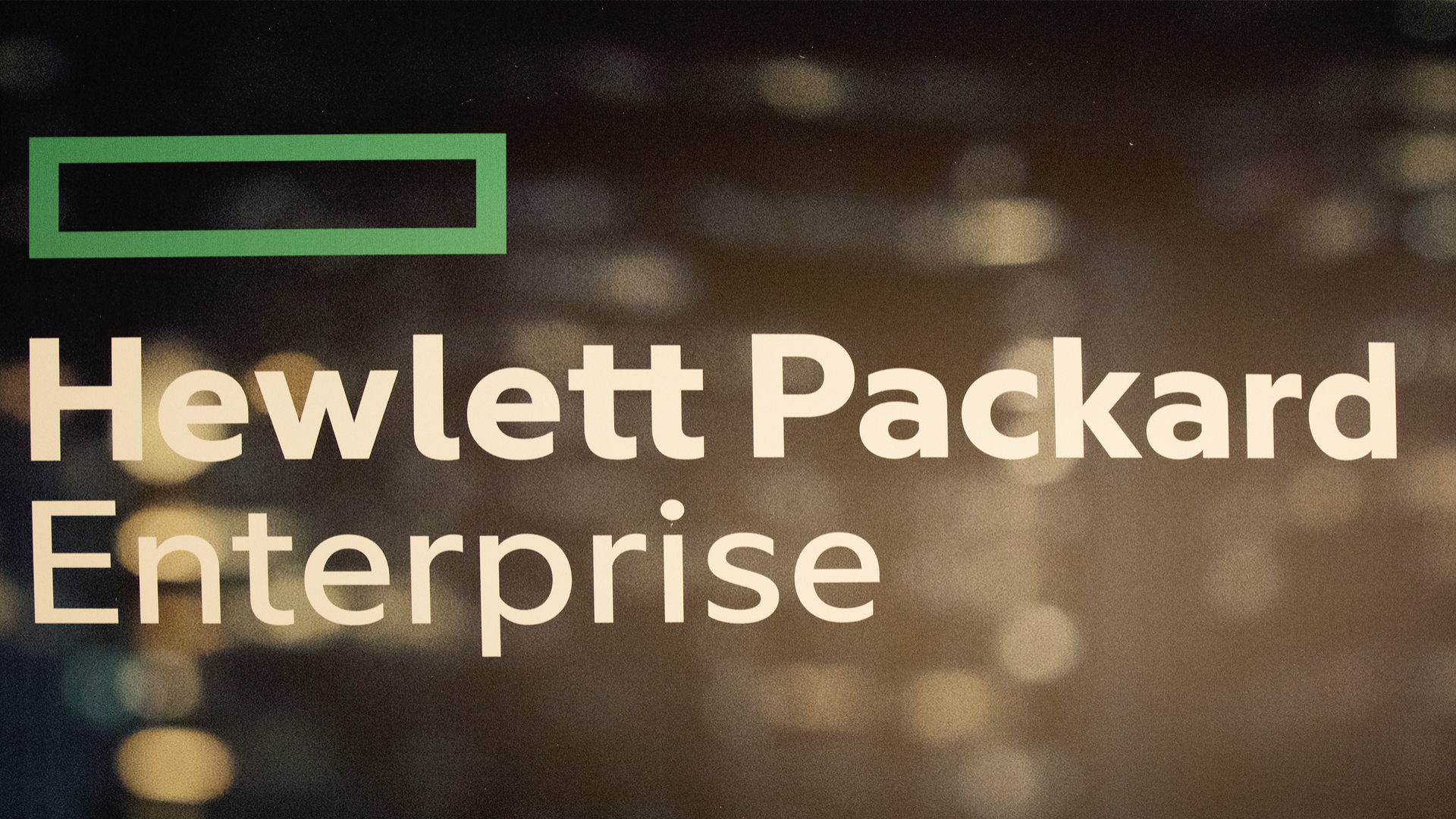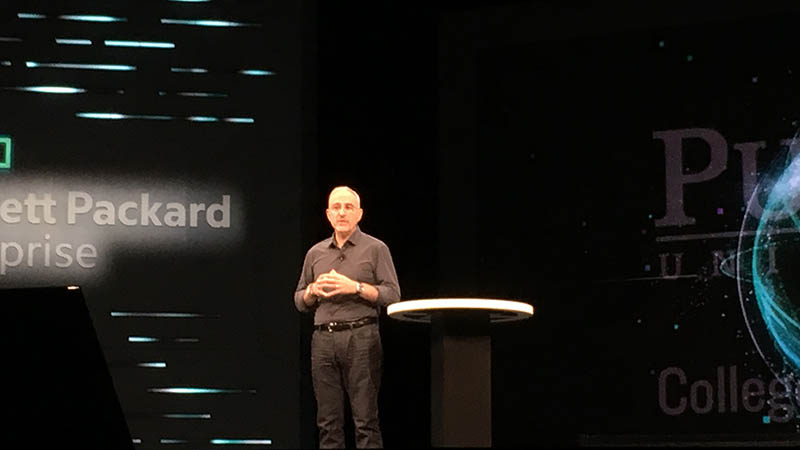HPE adds ‘5G as a service’ suite to GreenLake portfolio
Telcos given tools to complement and replace giants like Huawei to accelerate 5G deployment


HPE has added a suite of ‘as a service’ networking capabilities to its GreenLake portfolio designed to give customers the tools to accelerate 5G deployment.
The company is aiming to extend its reach with telecoms firms and enterprises with its new 5G tools, which are designed to enhance existing 5G networks and ramp up the scale of infrastructure rollout.
For example, the company’s cloud-native and container-based software platform, dubbed 5G Core Stack, will provide telecoms firms with 5G tech at the core of their mobile networks.
This is to ensure that networks are embedded with 5G technology at their hearts, as well as on the edge, termed standalone 5G networks. This is against non-standalone 5G networks (5G networks running on 4G cores) which is how many operators run their networks today.
HPE hopes that mobile network operators and virtual network operators can adopt the technology at the core and the edge, and repackage these platforms to serve their own enterprise customers.
This is in addition to technology from HPE subsidiary Aruba, which has been used to launch services geared towards raising interoperability and integration between 5G and Wi-Fi 6 networks. These services are dubbed Air Slice and Air Pass.
“Openness is essential to the evolutionary nature of 5G and with HPE 5G Core Stack telcos can reduce operational costs, deploy features faster and keep themselves open to multiple networks and technologies while avoiding being locked-in to a single vendor approach,” said Phil Mottram, VP and GM for HPE’s communications and media solutions division.
Sign up today and you will receive a free copy of our Future Focus 2025 report - the leading guidance on AI, cybersecurity and other IT challenges as per 700+ senior executives
“HPE has one of the broadest 5G portfolios in the market and is uniquely positioned to help telcos build an open multi-vendor 5G core, optimise the edge with vRAN, and deliver connectivity and new compute services to the enterprise using MEC and Wi-Fi 6.”
The as a service suite is all-encompassing and includes both hardware and supporting software, as well as cloud-native 5G functions such as Air Slice and Air Pass.
While HPE initially hopes to complement technology offered by the likes of networking giants Huawei and Ericsson, Mottram conceded that smaller customers may opt to replace all services offered by these firms with HPE technology.
This bold move to give network operators and enterprises an alternative has been made possible due to the open nature of 5G standards.
These standards were devised to break the stranglehold that existed previously, and allow enterprises to effectively mix and match elements of their 5G infrastructure in a way that wasn’t possible with previous generations of technology like 3G and 4G.
The technology, which includes the underlying 5G infrastructure, as well as support software at both the core and the edge, will be made available to customers on a consumption-based model through the company’s GreenLake portfolio.
With 50 conversations currently underway with prospective customers, HPE expects larger enterprises to adopt a sample of the 5G as a service portfolio, while smaller firms are more likely to adopt the full capabilities on an end-to-end basis.
In terms of cloud-native 5G functions that can work on top of the underlying 5G infrastructure, meanwhile, HPE launched a couple of enterprise-oriented services powered by Aruba’s 16.5 million hotspots.
Air Slice, for example, allows customers to carve up their networks into segments with dedicated functions to avoid crosstalk. Air Pass, meanwhile, gives individuals the capacity to join Wi-Fi networks without having to manually enter credentials.
Users’ identities are verified using their ties with another entity, such as a bank or a mobile network, in a similar way to one-click social media logins, used by Facebook or Sign in with Apple.
“As part of the foundational capability we’re talking about here is a shared data environment, so having a data model you can utilise across different functions in the capabilities and sharing it across different functions,” HPE’s chief technologist for communications and media, Chris Dando told IT Pro.
He added HPE was looking at how the end experience could be made seamless, with individuals not just tied to a physical SIM or looked on as being a phone number, but retaining their individuality. This is just one aspect of the suite of cloud-native 5G functionality the firm is hoping to build out.
“Those sorts of things are where we’ve led the way and are taking that too the next layer with regards to building out some of these core capabilities,” he continued.
“That’s going to become more and more important if you look to add on more device types for different use cases, as you get into IoT, and being able to identify groups of things as being part of a particular workflow or enterprise-type environment.”
Cisco, incidentally, outlined a similar Wi-Fi hopping technology at its flagship Cisco Live 2020 conference in January, which has already been deployed at the Fira de Barcelona.
It was expected to allow visitors to Mobile World Congress (MWC) hop seamlessly between 4G and 5G networks and the venue’s Wi-Fi networks, before the event was cancelled due to the global coronavirus outbreak.

Keumars Afifi-Sabet is a writer and editor that specialises in public sector, cyber security, and cloud computing. He first joined ITPro as a staff writer in April 2018 and eventually became its Features Editor. Although a regular contributor to other tech sites in the past, these days you will find Keumars on LiveScience, where he runs its Technology section.
-
 HPE scores £22 million Singapore supercomputer contract
HPE scores £22 million Singapore supercomputer contractNews The new system will be reportedly 8x faster than the NSCC’s existing pool of HPC resources
-
 HPE test lab to help telcos tackle 5G rollout
HPE test lab to help telcos tackle 5G rolloutNews The Colorado-based 5G Lab will be available worldwide via remote access
-
 HPE says the future of 5G is enterprise services
HPE says the future of 5G is enterprise servicesNews Edge Orchestrator will help telcos unlock the value of edge computing as a service and low latency networks
-
 HPE boosts edge presence with new products
HPE boosts edge presence with new productsNews Infrastructure behemoth set to release numerous services and appliances this summer
-
 HPE layers AI onto storage in premium-tier push
HPE layers AI onto storage in premium-tier pushNews Primera is the flagship storage product for HPE’s “intelligence era” vision

